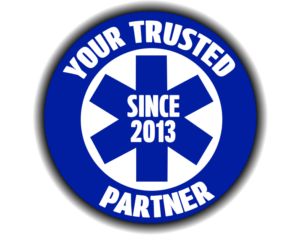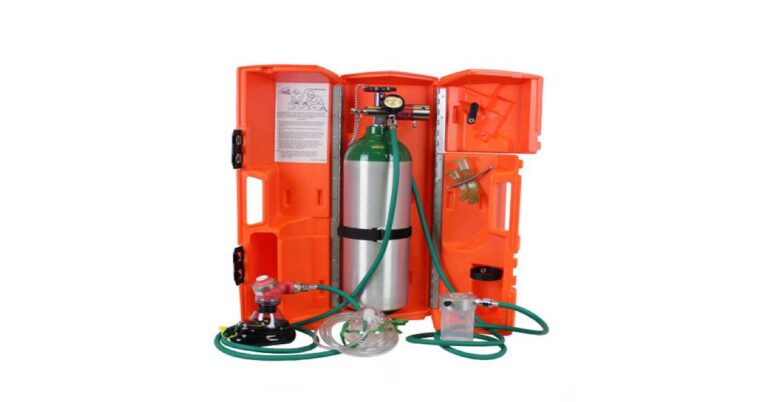
4 Tips to Safely Lift Patients
When working in the medical field, you become accustomed to moving and transferring patients This is especially true for those who work in emergency medical services and utilize used EMS equipment to accomplish the task. Because there is always the possibility of injury when transporting patients, it is important to take extra precaution and do everything possible to protect yourself. Here are a few safety tips to help you safely lift and move patients.
Stop Lifting from the Floor
When possible, do not lift a patient directly off the floor. Instead, use the tools that are available to you to do the lifting. Most EMS vehicles are equipped with tools that allow you to change the lift height. Utilize these tools to transition the height from the floor to about knee height, where you are stronger and your spine is at a better angle.
Use Handles for Lateral Transfers
After following the previous tip, the friction reducing device will already be located under the patient. This enables you to easily transfer the patient by simply sliding them off a stretcher onto a hospital bed using the tools that are already in place, while also reducing friction. The handles make it possible so that when pulling, emergency responders will not have to lean over as far to initiate the transfer.
Work Together
In instances where there are trained personnel on the scene of a medical emergency, everyone works together on the lift. When working in the EMS field, it is important to remember that fifty-one pounds can injure a single person, when lifting themselves. Therefore, it only makes sense that a two-hundred-pound patient will require all hands working together to minimize the chance of injury. This concept also applies to powered cots as well. Minimize injury by positioning two professionals at the foot of the coat, when loading into the truck.
Slow Down
Even though you were called out on a medical emergency, it is critical to remember that while time may be of the essence, it is still important to slow down to protect yourself and your crew. By simply slowing down, you allow your partner, the crew, and yourself to get into the proper lifting positions, use the necessary tools appropriately, and think ahead to ensure the patient is moved or transferred safely.
Because you work in a physical job, it is going to be critical to protect yourself and continue doing your job. Utilizing used EMS equipment allows you to continue doing your job of responding to medical emergencies and moving patients without causing injury to yourself. Incorporate these tips into your daily routine and you’ll safely and confidently be able to transfer patients, emergency call after emergency call.



